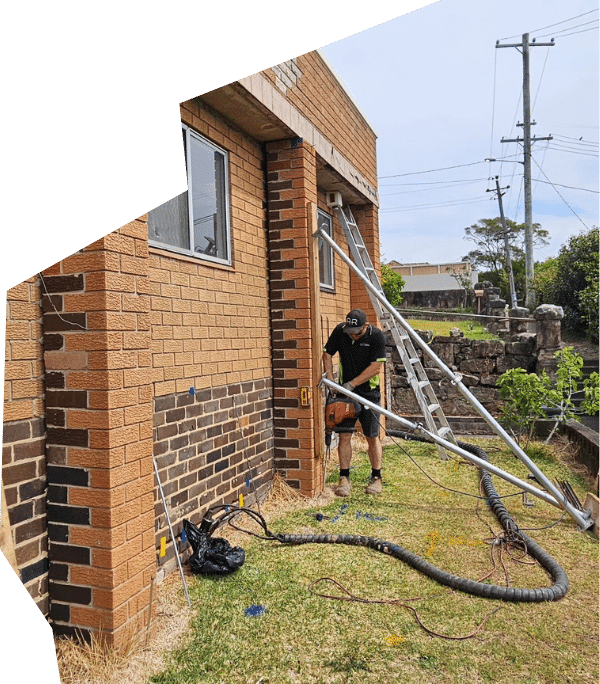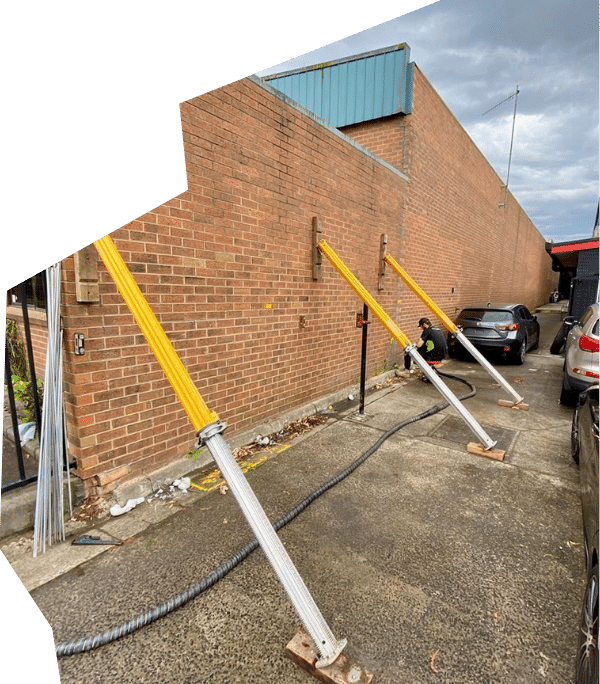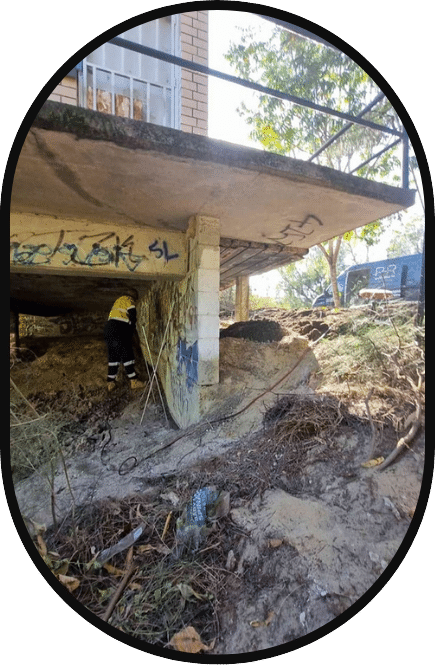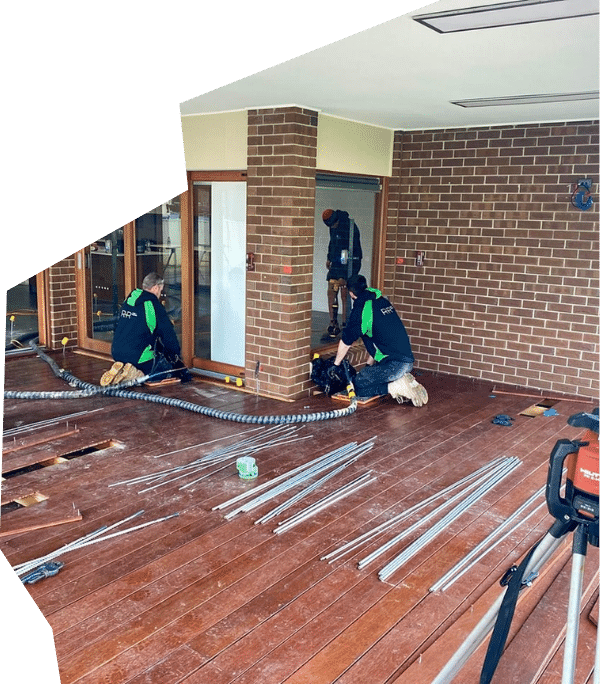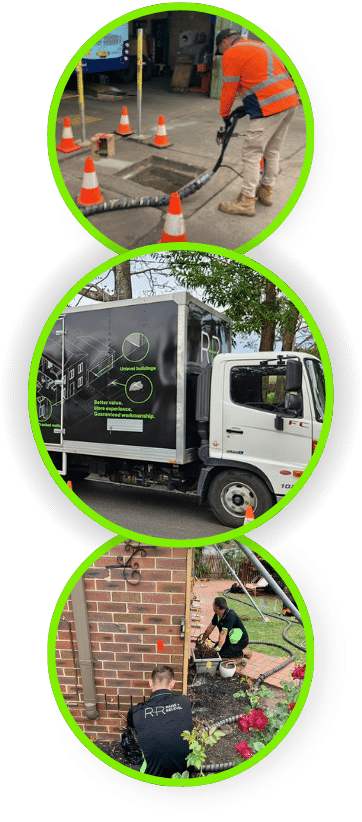Ignoring the signs of can lead to severe consequences. Unstable foundations can cause serious structural damage, making your home a safety hazard. Subsidence can also ruin your property, damaging driveways, patios, and landscaping. In extreme cases, subsidence can even lead to the collapse of a building, posing a significant risk to the occupants.
Preventing house subsidence
No one wants to deal with house subsidence and the serious damage it can cause. But don’t worry. There are steps you can take to reduce the risk.
Regular home maintenance and inspections
Regular upkeep of your home is a top priority. This doesn’t just mean a fresh coat of paint every few years. Look for signs of subsidence, like cracks in walls or uneven floors. Are doors or windows sticking more than usual? That could be a sign too.
If you live in an area with reactive soil or if your house has seen a few decades, consider getting a professional inspector involved. They can spot the signs you might miss and give advice on how to fix any issues.
Proper site drainage
Water build-up near your house’s foundation can be a big problem. It can make the soil soft and shift, moving your foundation. To stop this from happening, make sure your property has good drainage.
A well-planned gutter system that sends water away from your house is necessary. And the ground near your house should slope away from the foundation. Don’t forget to check for leaks in your plumbing system and fix them quickly. They can make the soil unstable, too.
Consideration of soil type
The kind of soil your house is built on can make a big difference. Some soils, like reactive clay soils, can change size based on how wet or dry they are, which can move the ground. If your house is built on this soil, you should get professional advice on what to do.
You could use deep pile foundations, stabilise the soil, or landscaping to keep the soil moisture levels steady.
Tree planting and management
Large trees near your house can cause subsidence because their roots pull water out of the soil. This can make the soil shrink and move. Think carefully about where you plant trees and how big their roots might get.
Building design and construction
If you’re building a new home, make sure your team knows their stuff regarding local soil conditions. They can design and build your home to lessen the risk of subsidence. This might mean using certain foundations, construction materials, or building methods.

